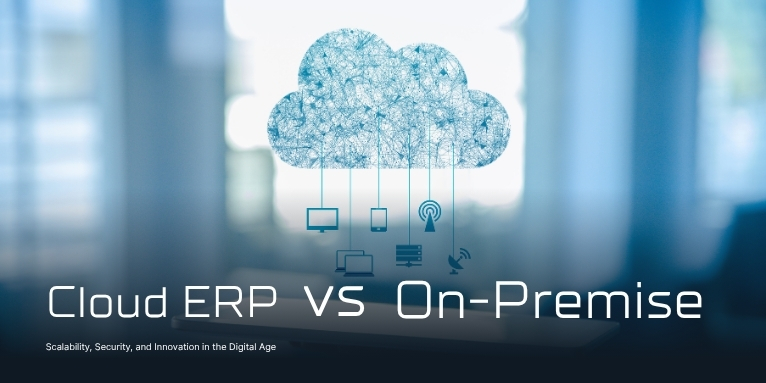Cloud ERP vs. On-Premise: Calculating the True Total Cost of Ownership (TCO)
The decision between a Cloud ERP and an On-Premise ERP system is no longer just a technology choice; it is a fundamental business strategy decision. For CIOs and CFOs, the ultimate determining factor is the True Total Cost of Ownership (TCO).
Many organizations make the mistake of only comparing initial licensing fees, ignoring the hidden, long-term operational costs. To calculate the true TCO, you must look beyond the CapEx and evaluate the full lifecycle costs.
On-Premise ERP: The Illusion of "Owning" Your Software
An On-Premise system requires you to purchase the software license outright and host it on your own servers within your data center. While the initial CapEx (Capital Expenditure) might seem lower, the long-term TCO is often inflated by several non-negotiable hidden costs:
Key TCO Traps of On-Premise:
- Massive Infrastructure Investment: You must purchase and continually refresh all hardware, servers, storage, networking, and power systems. These assets depreciate, requiring a massive reinvestment cycle every 3 to 5 years.
- Internal IT Labor Costs: This is the biggest hidden OpEx. You must employ specialized, full-time IT staff to manage security, maintain servers, perform routine backups, manage disaster recovery, and handle all manual system upgrades.
- Customization Upkeep: Every time the ERP vendor releases a new patch or security update, your internal IT team must re-validate and often re-code any custom modifications to prevent system breaks—a time-consuming and expensive process that often causes project delays.
Cloud ERP: Shifting from CapEx to Strategic OpEx
A Cloud ERP (Software-as-a-Service or SaaS model) is hosted and managed entirely by the vendor. This model fundamentally changes the cost structure, turning most IT expenditures into predictable, scalable OpEx (Operational Expenditure).
Strategic TCO Benefits of Cloud:
- Predictable Subscription Costs: Your primary cost is a monthly or annual subscription fee, which bundles almost everything: software licensing, maintenance, infrastructure, automatic upgrades, and core security. This simplifies budgeting significantly.
- Zero Infrastructure Costs: There is no investment in hardware, data centers, power, or cooling. The vendor assumes all responsibility for maintaining the underlying physical technology, eliminating the cyclical hardware refresh cost.
- Always-Current Technology: The system benefits from automatic, non-disruptive upgrades. This eliminates the cost and risk of falling behind on major software versions, ensuring your system remains secure and feature-rich.
Resource Reallocation: By outsourcing routine server and patch management to the vendor, your highly skilled internal IT team can shift their focus from maintenance to strategic initiatives—such as data analytics and business process automation.
The True TCO is not the price tag; it's the cost of opportunity and risk.
Your TCO calculation must account for the value of your IT team's time. In the Cloud model, you stop paying your highly skilled staff to maintain servers and start paying them to innovate, directly translating maintenance cost into strategic business value. Cloud ERP offers predictable costs and converts your IT spending into a strategic investment, allowing your team to focus on the business processes that truly drive revenue.
Accelerate Your ERP Decision
Are you spending too much time maintaining your legacy ERP and not enough time driving digital transformation?
Concentics Private Limited specializes in designing and managing complex enterprise technology transformation projects. Our experts provide a Vendor-Agnostic TCO Analysis, factoring in hidden labor costs, customization burdens, and strategic ROI, to help you make the best decision for your business's future.
Stop guessing about your true costs. Start innovating with confidence.

